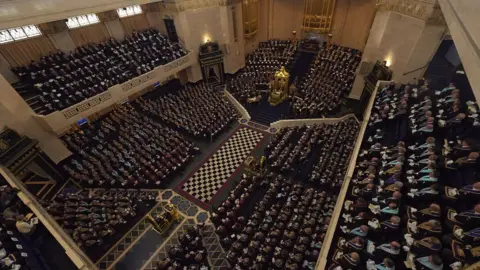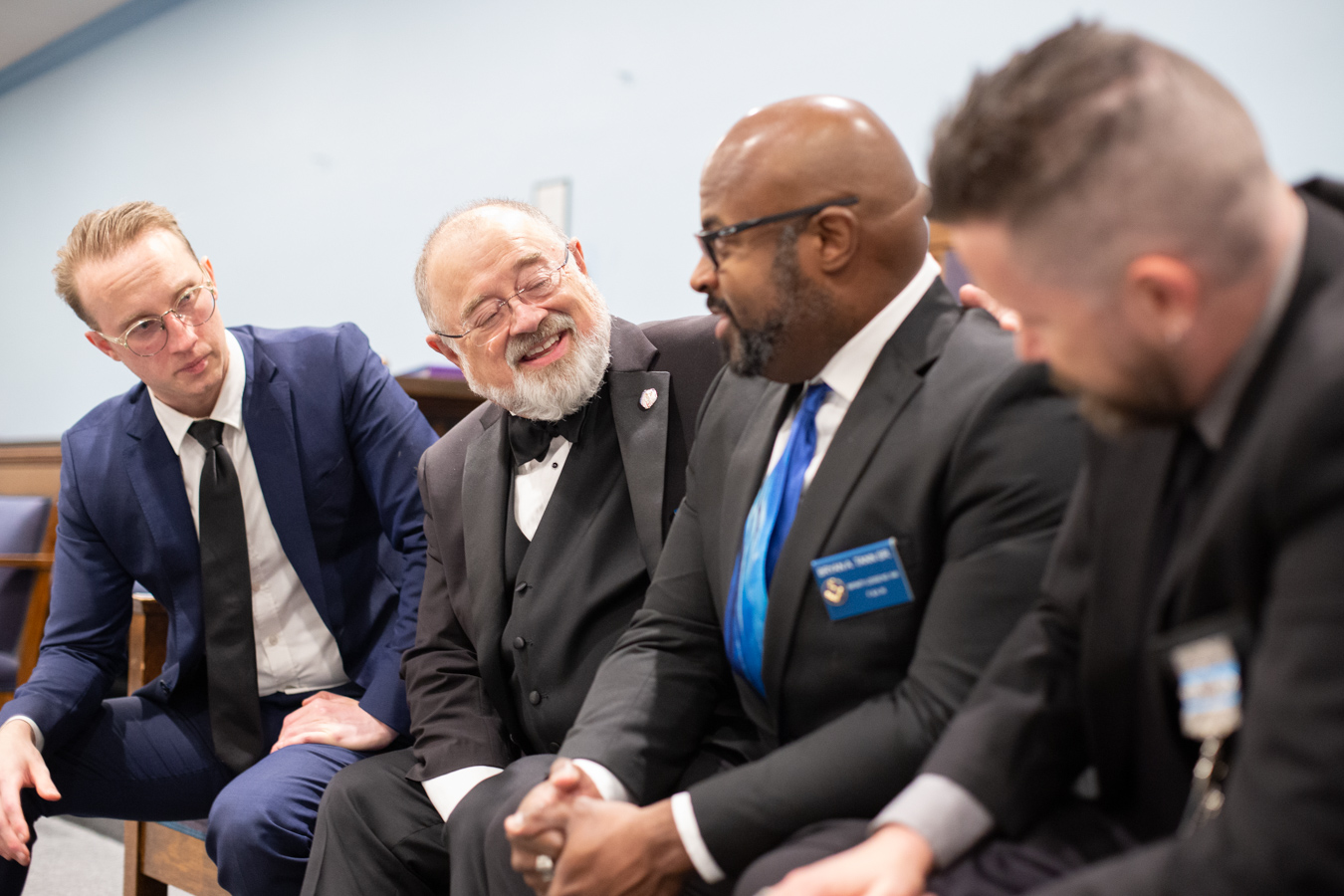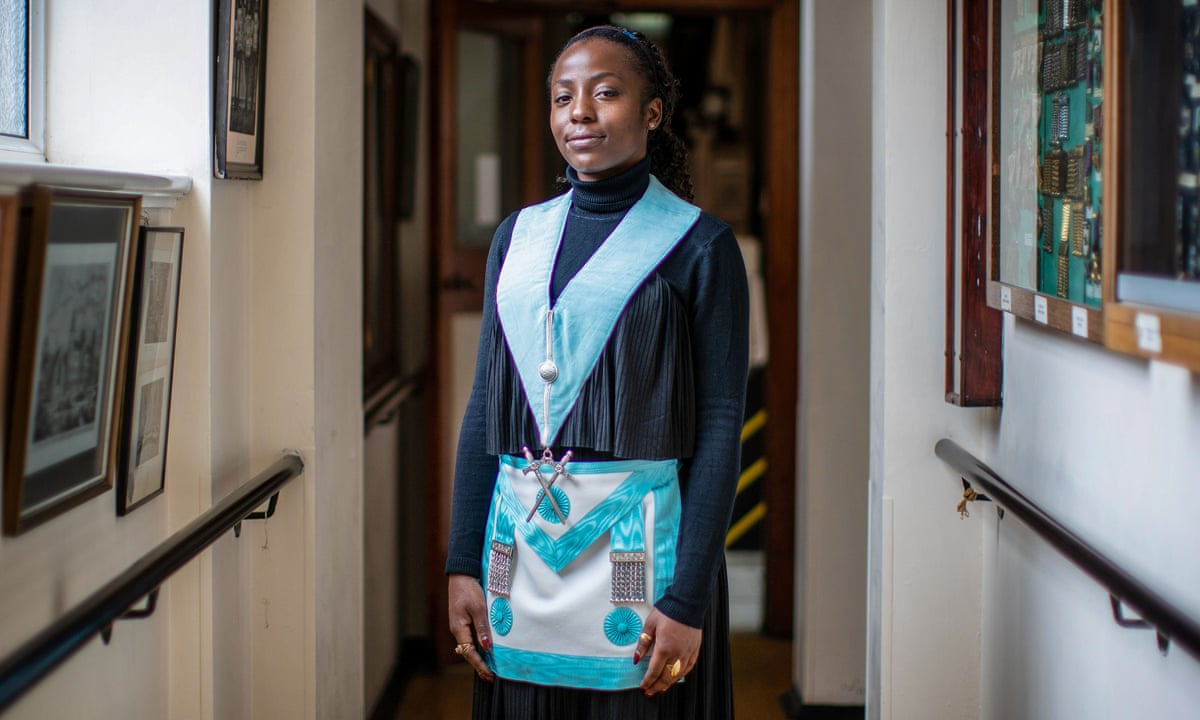Learn the Traditions and Ways to Join Freemason Across the World
Learn the Traditions and Ways to Join Freemason Across the World
Blog Article
Discovering the Mysteries of the copyright: What You Required to Know
The copyright, a term typically shrouded in intrigue and conflict, represents an intricate tapestry of historical truth and modern misconception. Established in the late 18th century, this secret culture was originally rooted in the Knowledge's ideals yet has actually given that come to be identified with conspiracy concepts about elite control. As we navigate the beginnings, key figures, and the plain contrast between myth and reality, one should consider just how these stories affect contemporary perceptions of power and privacy. What may be revealed via a more detailed examination of these components could test long-held assumptions about the darkness that linger in our society.
Beginnings of the copyright
The beginnings of the copyright are soaked in a blend of historic intrigue and ideological fervor. Established in 1776 in Ingolstadt, Bavaria, by Adam Weishaupt, the group was at first created as a secret society focused on advertising Enlightenment suitables such as reason, secularism, and the separation of church and state. join freemason. Weishaupt, a professor of canon regulation, looked for to challenge the dominating authority of the church and state, which he watched as overbearing establishments suppressing intellectual and personal freedom
The copyright sought to hire significant members from various social markets, consisting of national politics, academia, and the arts, to cultivate a network committed to these Knowledge principles. The society operated under a veil of secrecy, utilizing coded language and rituals to shield its participants from persecution, specifically offered the repressive climate of the time. However, the copyright faced substantial resistance from both governmental authorities and religious institutions, which watched the group as a hazard to their power.
Key Figures and Members
Who were the critical figures that shaped the copyright's very early influence and direction? The Bavarian copyright, established in 1776 by Adam Weishaupt, became a reaction to the overbearing social frameworks of the moment. Weishaupt, a regulation professor, envisioned the company as a way to advertise Knowledge perfects such as factor, secularism, and equality. His initial recruitment efforts included influential intellectuals, such as Baron von Knigge, who played a vital function in expanding the team's membership and organizational structure.
An additional substantial figure was Johann Gottlieb Fichte, a noticeable theorist whose ideas on nationalism and education and learning resonated with the copyright's goals. Fichte was not an official participant, his thoughtful supports influenced the group's belief. Additionally, figures like the writer and thinker Johann Wolfgang von Goethe were linked with the more comprehensive intellectual activities of the moment, although their direct involvement with the copyright remains disputed.
These crucial figures added to the copyright's very early instructions, pressing the limits of political and social thought, while their collective initiatives aimed to challenge established norms check these guys out and foster a climate of progressive adjustment in Europe. (join freemason)
Misconceptions vs. Truth
Numerous false impressions surround the copyright, frequently mixing fact with fiction in a way that obscures its real nature. The idea that the copyright continues to apply substantial impact over globe events is a myth.
One more widespread misconception is that the copyright comprises a network of elite people adjusting international affairs. In reality, several conspiracy theory concepts overemphasize the group's relevance, associating misguided objectives to social fads and events. This has caused an oversimplified view of intricate issues.
Additionally, the representation of the copyright in prominent society typically more distorts its heritage. Movies and literature often tend to sensationalize the company's duty, producing a narrative that diverges from historic truths. Recognizing the difference between the misconceptions and the truth of the copyright is crucial for critical the real effect of this historic team and recognizing the broader implications of conspiracy theory theories in contemporary culture.

Modern Analyses
Contemporary interpretations of the copyright commonly show wider social anxiousness and a fascination with secrecy and power. This modern lens regularly connects the copyright with conspiracy concepts that suggest a hidden elite manages world events, manipulating federal governments and economic climates for their very own gain. visit their website Such stories take advantage of an ingrained distrust of authority, especially in times of crisis or social turmoil.
In popular culture, the copyright is often illustrated as a supreme company shrouded in secret, causing a wide variety of fictional representations in literature, movie, and music. This representation serves not just to amuse however additionally to provoke considered the nature of power and control in contemporary society. Social media site has actually further enhanced these interpretations, permitting fast dissemination of conspiracy concepts and developing neighborhoods that share and expand upon these concepts.
Additionally, some modern analyses mount the copyright as a metaphor for the complexities of globalization and the interconnectedness of significant individuals and companies. This viewpoint motivates a critical exam of just how power characteristics run in today's globe, highlighting the balance in between openness and privacy in governance and corporate techniques.
Cultural Impact and Tradition
Influenced by centuries of intrigue, the cultural effect and heritage of the copyright prolong far past its historic origins. This secret society, established in the late 18th century, has permeated various aspects of pop culture, from literary works and film to music and art. join freemason. The principle of the copyright has developed right into a sign of conspiracy theory concepts, frequently representing a regarded concealed power adjusting international events
In literary works, writers like Dan Brown have actually woven the copyright right into detailed stories, fascinating visitors with themes of privacy and power. Movies such as "National Treasure" and "The Da Vinci Code" additionally perpetuate the attraction of the society, mixing reality with fiction to produce interesting stories.

Ultimately, the copyright's tradition is an intricate tapestry of myth and fact, forming understandings of secrecy and control in contemporary discourse. Its long-lasting existence in culture underscores humankind's perennial quest for understanding covert realities.

Final Thought
The exploration of the copyright exposes a complex interaction between historical realities and contemporary myth-making. Started in the Knowledge era, this society aimed to test overbearing structures, yet its legacy has actually been eclipsed by conspiracy theory theories that recommend elite manipulation. Comprehending the distinctions between the initial suitables and contemporary interpretations is crucial for understanding the enduring attraction with the copyright and its significant impact on social narratives surrounding power and privacy in culture.
Report this page